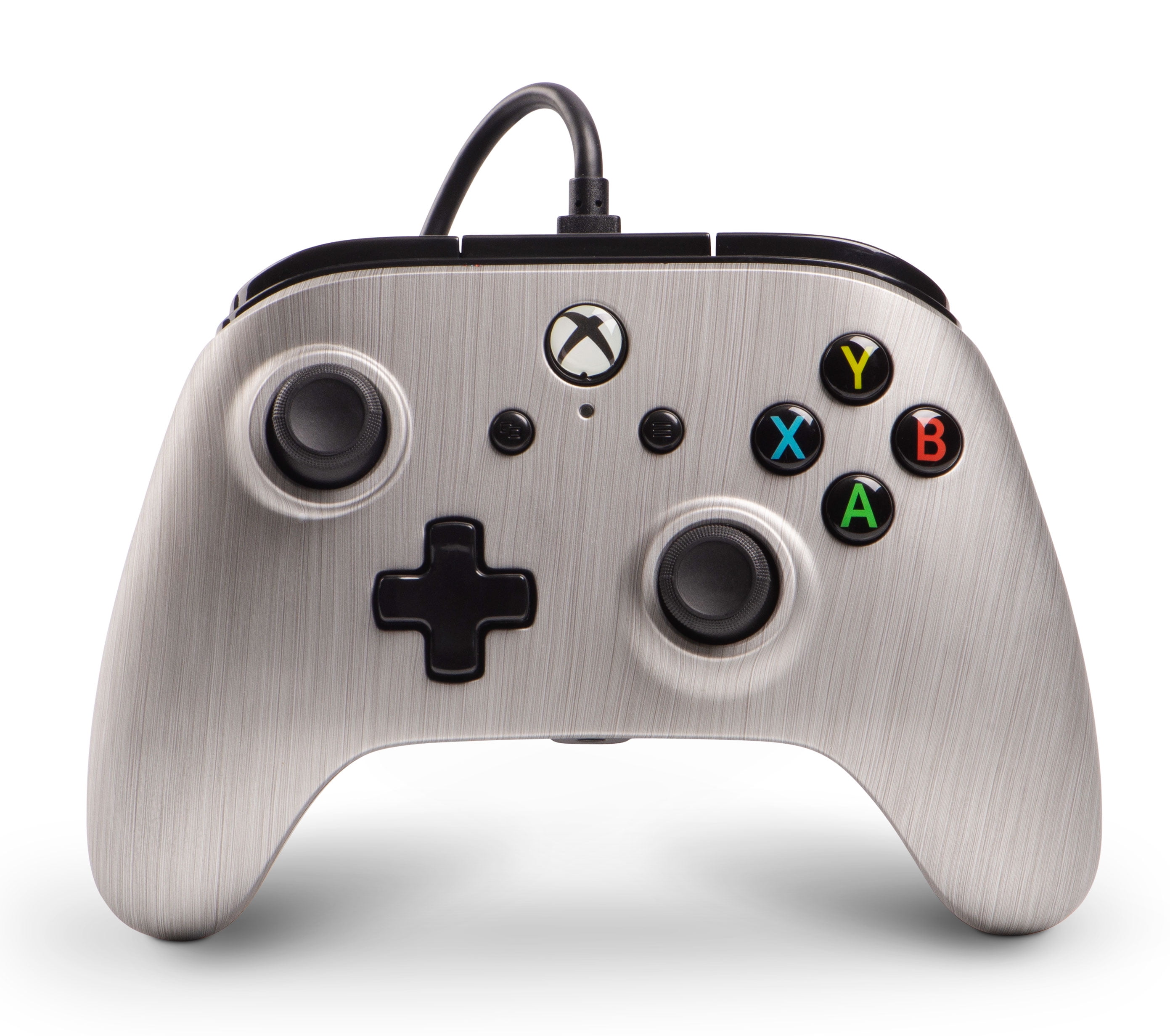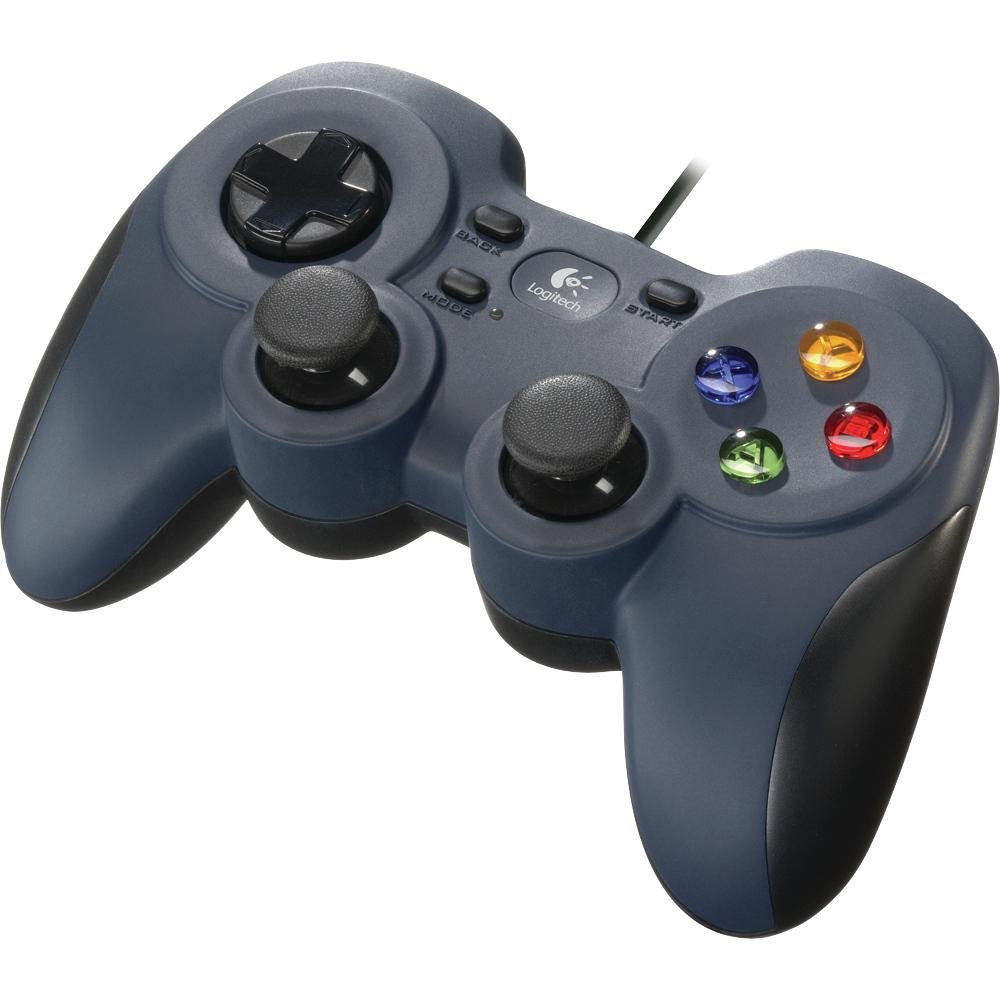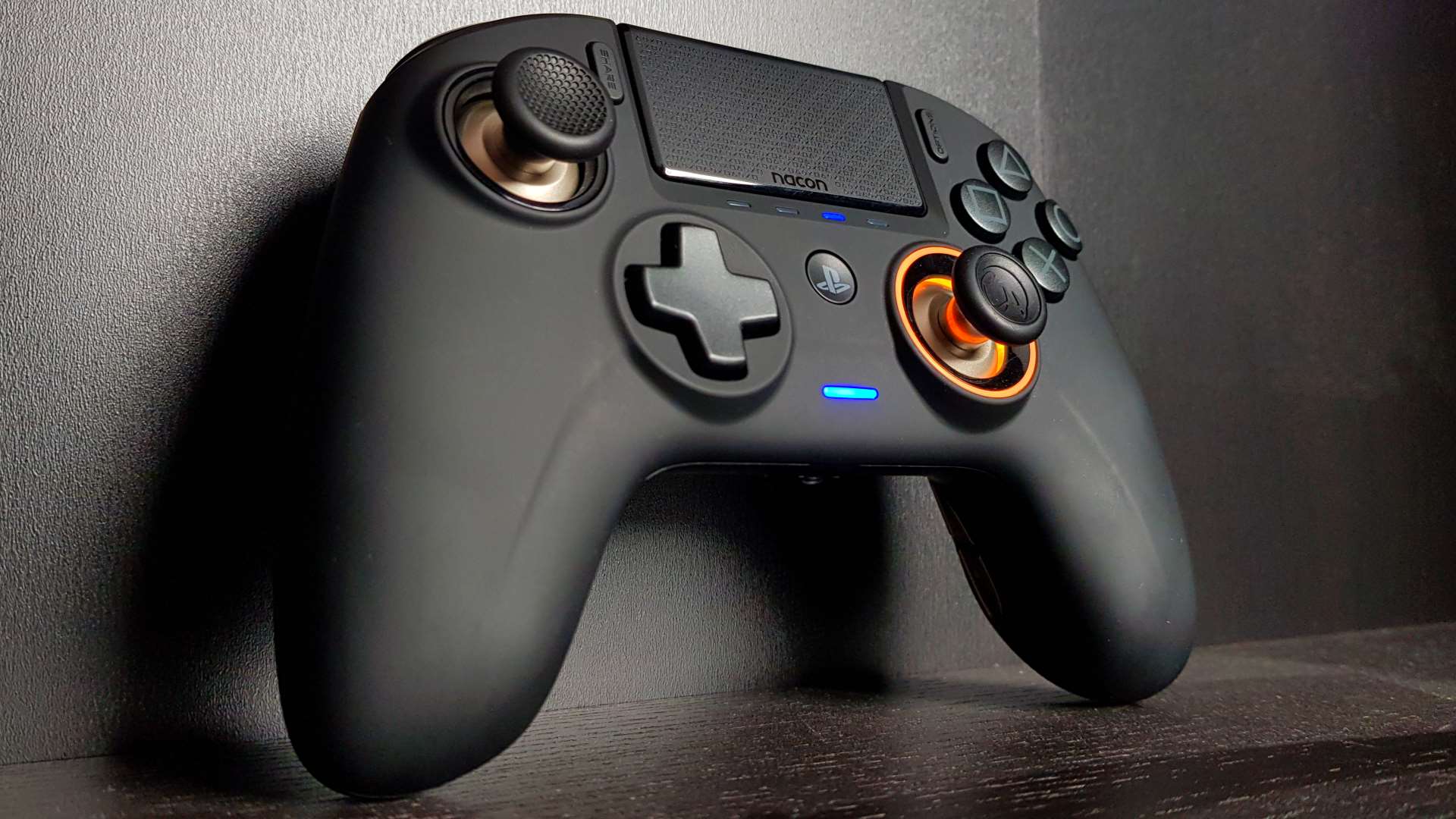Controller smart home brings together the latest advancements in technology and convenience, revolutionizing how we interact with our living spaces. As homes become increasingly interconnected, smart home controllers serve as the central nervous system, managing various devices and enhancing our daily lives. With a myriad of options available, understanding their functionality and features is essential for anyone looking to simplify their home automation experience.
This exploration delves into the types of smart home controllers, their key features, and the advantages of centralized management over individual device control. It also provides practical insights on installation, optimization, and future trends that could shape the smart home landscape.
Overview of Smart Home Controllers

Smart home controllers serve as the backbone of modern home automation, enabling seamless integration and management of various smart devices within a household. These controllers simplify user interactions and enhance the overall smart home experience, allowing homeowners to manage lighting, security, appliances, and more from a single interface.
The primary function of smart home controllers is to consolidate the management of multiple smart devices, enabling users to monitor and control them through a unified platform. This centralization not only streamlines operations but also enhances security and energy efficiency. Smart home controllers can be hardware-based, like dedicated hubs, or software-based, like mobile applications that run on smartphones or tablets.
Types of Smart Home Controllers
There is a wide variety of smart home controllers available in the market, each designed to cater to specific needs and preferences. Here are some common types:
- Dedicated Hubs: Devices such as SmartThings Hub or Wink Hub that connect to various smart devices using different protocols, allowing for centralized control.
- Voice Assistants: Platforms like Amazon Alexa, Google Assistant, or Apple HomeKit that enable control through voice commands, integrating with a plethora of smart devices.
- Smartphone Apps: Applications developed by device manufacturers (e.g., Philips Hue or Nest) that provide direct control over their respective devices, often without the need for a hub.
- Home Automation Software: Advanced systems like Home Assistant or OpenHAB that are often used by enthusiasts for deep customization and extensive device compatibility.
The choice of controller can significantly influence the user experience, with dedicated hubs often providing broader compatibility and ease of use, while smartphone apps may offer direct and straightforward management of specific devices.
Centralized Controller vs. Individual Device Management
Utilizing a centralized smart home controller presents several advantages over managing individual devices separately. Here’s a comparison of the two approaches:
- Simplicity: A centralized controller simplifies the user experience by providing a single interface for managing all devices, reducing the complexity of having multiple control points.
- Automation: Centralized systems allow for complex automation rules that can trigger multiple devices based on specific conditions, enhancing convenience and energy efficiency.
- Integration: Central controllers often support a wide range of devices from different manufacturers, promoting better interoperability and communication between devices.
- Enhanced Security: With a central point of control, monitoring and managing security devices, such as cameras and alarms, becomes more streamlined, enabling quick responses to incidents.
In contrast, managing devices individually can lead to a fragmented and cumbersome experience, which may hinder the full potential of a smart home setup. Homeowners might miss out on the benefits of automation and integrated security measures that a centralized system can provide.
“Centralized smart home controllers not only simplify management but also pave the way for intelligent automation, ensuring that modern homes are both efficient and secure.”
Key Features of Smart Home Controllers
When selecting a smart home controller, consumers must prioritize specific features that enhance functionality, compatibility, and ease of use. A well-designed smart home controller acts as the central hub that coordinates various devices, thus streamlining the user experience while ensuring seamless automation across different systems.
Integration capabilities form the backbone of any smart home ecosystem. It’s vital for a smart home controller to support a wide range of devices and ecosystems to ensure compatibility and flexibility. This feature allows users to connect lighting, security systems, thermostats, and appliances from different manufacturers into a cohesive network.
Essential Features of Smart Home Controllers
The essential features that consumers should look for in smart home controllers include compatibility with various protocols like Zigbee, Z-Wave, and Wi-Fi. Such compatibility ensures that the controller can communicate effectively with a myriad of devices, regardless of their brand or technology.
Additionally, the ability to manage multiple device types simultaneously enhances user experience by allowing comprehensive home automation. A user-friendly mobile app or web interface is critical, as it simplifies the setup process and daily operation of the smart home system.
Moreover, security features such as data encryption and two-factor authentication are crucial for safeguarding personal information and ensuring system integrity. Energy monitoring capabilities can provide insights into energy consumption, aiding in more efficient energy management.
Integration Capabilities with Different Smart Home Devices
The integration capabilities of smart home controllers significantly influence their functionality and user experience. A robust controller should seamlessly connect with a variety of devices and services. This includes:
- Lighting systems (smart bulbs, switches, and dimmers)
- Smart thermostats (for temperature control and energy efficiency)
- Home security devices (cameras, alarms, and locks)
- Smart appliances (refrigerators, ovens, and washing machines)
- Voice assistants (like Amazon Alexa, Google Assistant, and Apple HomeKit)
These integration capabilities allow users to create complex automations and routines that enhance comfort and security. For instance, a smart thermostat can adjust the temperature based on the user’s location, while smart lights can be programmed to turn on automatically when someone arrives home.
User Interface Design and Its Importance in Enhancing User Experience
The design of a smart home controller’s user interface plays a pivotal role in shaping the overall user experience. An intuitive and aesthetically pleasing interface reduces the learning curve for users and enables them to navigate through features effortlessly.
Key aspects of an effective user interface include:
- Clear and concise layout: Information should be presented in a manner that is easily digestible, allowing users to control their devices without confusion.
- Customizable dashboards: Users should have the ability to prioritize which devices and features appear prominently on their interface, tailoring the experience to their needs.
- Feedback mechanisms: Visual and audio feedback when actions are taken (like turning on lights) can reassure users that their commands have been executed successfully.
An engaging user interface not only enhances usability but also encourages users to explore the full potential of their smart home system. By providing a streamlined and enjoyable interaction, consumers can maximize the benefits of their smart home technologies.
Setting Up a Smart Home Controller

The setup process for a smart home controller is essential to integrate various smart devices seamlessly. A well-configured controller not only enhances the user experience but also ensures efficient management of the home environment. This guide provides a detailed step-by-step approach for installation and configuration, along with tips for optimizing performance and addressing common challenges.
Installation and Configuration Steps, Controller smart home
Setting up a smart home controller involves several systematic steps to ensure all devices communicate efficiently. The following Artikel describes the installation and configuration process:
1. Choose the Right Location: Identify a central location in your home where the controller will be most effective in connecting to your devices. Ensure it is near a power outlet and has reliable Wi-Fi coverage.
2. Connect to Power and Internet: Plug the smart home controller into a power source and connect it to your Wi-Fi network. Use the recommended security protocols to safeguard your network.
3. Download the App: Most smart home controllers come with a dedicated mobile app. Download the app from a trusted source, such as the Google Play Store or Apple App Store, to set up and manage your devices.
4. Create an Account: Open the app and create an account using your email address. Follow the prompts to verify your account, which is crucial for device management.
5. Add Devices: Utilize the app to add your smart devices. Follow the in-app instructions, which typically involve scanning QR codes or connecting via Bluetooth.
6. Configure Device Settings: Customize settings for each device according to your preferences. This may include naming the devices, setting schedules, or creating automation rules.
7. Test the Setup: Once all devices are added, conduct tests to ensure each device responds correctly to the controller commands.
This comprehensive approach enhances the reliability of your smart home ecosystem.
Optimizing Performance
After installation, optimizing the performance of your smart home controller is vital for a smooth user experience. Here are several tips to enhance functionality:
– Regular Firmware Updates: Check for firmware updates regularly within the app. Updates often include performance enhancements and security patches.
– Maintain Strong Wi-Fi Signal: Ensure your Wi-Fi network remains strong and stable. Consider using Wi-Fi extenders if you experience dead zones in your home.
– Organize Devices into Groups: Group similar devices together in the app for easier management. This allows for bulk commands and streamlined automation setups.
– Monitor Device Activity: Use the app’s monitoring features to track device performance and identify any anomalies. This helps in timely troubleshooting.
– Utilize Energy-Saving Features: Activate energy-saving settings where applicable, to reduce energy consumption and enhance the longevity of your devices.
These optimization strategies ensure your smart home controller operates at peak performance.
Common Challenges and Solutions
Setting up a smart home controller can present various challenges. Here’s a guide to common issues and their solutions:
– Connectivity Issues: If devices are not connecting, check your Wi-Fi settings. Ensure that the controller and devices are all within range and that the network is functioning properly.
– Device Compatibility: Not all smart devices are compatible with every controller. Always check compatibility lists before purchasing new devices to avoid integration issues.
– Lagging Performance: If the controller is slow to respond, it may be overloaded with too many devices. Limit the number of devices connected at one time, or upgrade to a more powerful controller.
– Security Concerns: To mitigate security risks, always use strong passwords and enable two-factor authentication where available. Regularly review connected devices for any unauthorized access.
By proactively addressing these challenges, you can ensure a more seamless smart home experience.
Future Trends in Smart Home Controller Technology

As technology continues to evolve, smart home controllers are increasingly becoming integral components of modern living. The future of these devices is poised to be shaped by various emerging technologies, dramatically enhancing their capabilities. With advancements in artificial intelligence and growing concerns over privacy and security, the landscape of smart home automation is on the brink of a significant transformation.
Emerging Technologies Influencing Smart Home Controllers
The development of smart home controllers is being influenced by several key emerging technologies that promise to enhance connectivity, usability, and overall user experience. These include:
- 5G Connectivity: With the rollout of 5G technology, smart home devices can achieve faster and more reliable connections. This will enable real-time processing and control of devices, enhancing automation and responsiveness.
- Internet of Things (IoT): The proliferation of IoT devices means that smart home controllers will need to manage an increasing number of connected devices, leading to more integrated and centralized control systems.
- Voice Recognition Technology: Improvements in voice recognition capabilities will allow users to control their smart home devices with even greater accuracy and ease, making interaction more intuitive.
- Blockchain Technology: Blockchain could offer enhanced security for device communication and transactions, ensuring greater data integrity and user privacy in smart home environments.
Impact of Artificial Intelligence on Smart Home Automation
Artificial intelligence (AI) is set to revolutionize how smart home controllers operate, making them more adaptive and efficient. AI enhances the decision-making capabilities of smart home systems by enabling them to learn from user behavior and preferences. This leads to a more personalized experience and improved automation.
AI can analyze patterns in energy usage, suggesting optimal times for device operation to save energy. For instance, AI algorithms can learn when homeowners typically arrive home and adjust lighting and temperature settings accordingly. Additionally, AI-powered virtual assistants can integrate seamlessly with smart home controllers, providing a more interactive and responsive experience.
The integration of AI in smart home technology leads to a more adaptive and efficient living environment.
Evolving Privacy and Security Concerns
As smart home controllers become more prevalent, privacy and security concerns are evolving. Users are increasingly aware of the risks associated with data breaches and unauthorized access to their devices.
Smart home controllers now incorporate advanced security features to safeguard user data, including:
- End-to-End Encryption: This ensures that data transmitted between devices and controllers is secure and cannot be easily intercepted.
- Two-Factor Authentication: Adding an extra layer of security, two-factor authentication requires users to verify their identity through multiple means before accessing their devices.
- Regular Software Updates: Manufacturers are prioritizing regular updates to fix vulnerabilities and enhance security protocols, keeping devices protected against emerging threats.
- User Control Over Data: Transparency regarding data usage is becoming a standard practice, allowing users to manage their data sharing preferences more effectively.
Helpful Answers: Controller Smart Home
What is a smart home controller?
A smart home controller is a device that centralizes the management of various smart home devices, allowing users to automate and control them from a single interface.
How do smart home controllers enhance user experience?
Smart home controllers enhance user experience through intuitive interfaces, seamless integration with various devices, and the ability to automate complex routines.
Can I use multiple smart home controllers in my home?
While it’s possible to use multiple smart home controllers, it’s generally recommended to use a single centralized controller for easier management and interoperability.
What common issues might arise during setup?
Common issues during setup may include connectivity problems, device compatibility issues, and difficulty in configuring automation routines.
How can I ensure the privacy and security of my smart home devices?
To ensure privacy and security, regularly update your devices, use strong passwords, and enable two-factor authentication wherever possible.
The Sensibo Sky is a smart device that transforms any air conditioning unit into a smart appliance. With its intuitive app, users can control their cooling systems remotely, ensuring comfort even before arriving home. This innovation not only enhances convenience but also promotes energy efficiency, making it a must-have for modern living.
When it comes to protecting your assets, choosing the right coverage is crucial. The Seguro National General offers comprehensive plans that cater to various needs, ensuring peace of mind for policyholders. Their focus on customer service and tailored solutions makes them a reliable choice in an ever-changing insurance landscape.